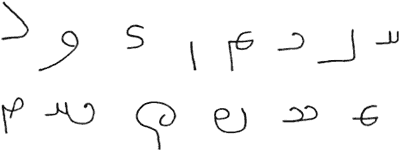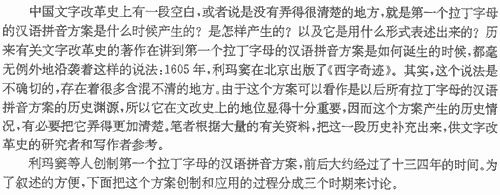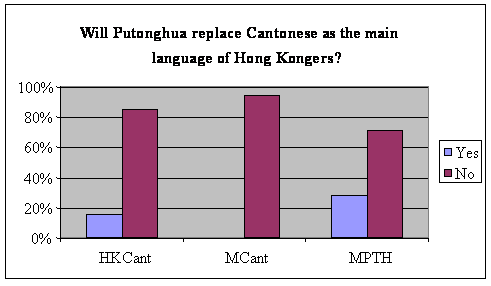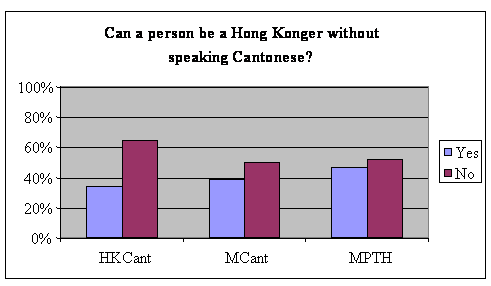The most recent rerelease from Sino-Platonic Papers is Language, Writing, and Tradition in Iran (1.5 MB PDF), by David A. Utz.
In discussing language, writing, and tradition in Iran, we must begin with some clarification. What we, want to examine is the crystallization and development of a particular method and pattern of scribal practice, and its implications and consequences for the historical development and legacy of a particular cultural tradition. For this purpose we need to consider a particular geographical area, Iran, which for our purposes includes not only the modern Islamic Republic of Iran, but also Afghanistan, Armenia, and much of Central Asia. Furthermore, we are particularly concerned with a specific span of time, from the early Achaemenian period in the latter half of the 6th century B.C.E. until the progressive advent of Islam in these regions during the 7th-l0th centuries C.E. Throughout this period, the paramount characteristic of language and writing was that they were separate and distinct: language was not writing and writing was not language.
The semi-independent development of writing became a powerful historical factor influencing tradition in this region. Moreover, orthographic systems and methods tend to define, at least for modern scholarship, distinctions between so-called Old, Middle, and New Iranian languages. Examples of Old Iranian languages are Old Persian and Avestan. Examples of Middle Iranian languages are Middle Persian, Parthian, Sogdian, Khwarezmian, Khotanese, and Bactrian. Examples of New Iranian languages are Persian (including Farsi, Dari, and Tajiki), Pashtu, Baluchi, so-called “Kurdish” (in its disparate manifestations), as well as more obscure languages such as Ossetic, Yaghnobi, and the various Pamir languages. For our present purposes, we will be primarily concerned with Middle Iranian languages. Language, itself, did not become an historical force of consequence until the 20th century, due primarily to the introduction of 19th century European ideas about language and ethnicity and their exploitation for purely utilitarian political purposes by 20th century governments in this entire region.
To better understand the highly idiosyncratic development of writing in Iran in this crucial period, it may be helpful to see it in the larger context of one of the major operative factors in the formation of Iranian culture and tradition: the process of incessant dialectic and synthesis of the indigenous heritage of the Iranians, especially their distinctive religious and ethical ideology, and the accumulated traditions and methods of the Ancient Near East, especially the urban and mercantile society of Syria and Mesopotamia. Furthermore, it might be most effective to illustrate this process with a specific non-linguistic, non-scribal example: two specific major concepts within the Iranian view of history as presented in the Šāhnāma of Abu’l-Qāsim Firdausī. Although this work, which contains the history of the Iranians from creation until the Arab conquest, was completed only in the very early 11th century, the historical ideas and information it embodies originate from late Sasanian times (i.e., at the end of the particular span of time we want to consider) and from Sasanian historiographical works such as the Kārnāmak i Artaxšēr i Pāpakān and the famous Xuatāi-nāmak, translated into Arabic by Ibnu’l-Muqaffa` in the 8th century and used extensively by Islamic historiographers such as aṭ-Ṭabarī. It should be pointed out in passing that, even if these concepts originate in the late Sasanian environment and in some sense reflect the self-image of that time and place, it is puzzling that some of them, such as Cosmic Kingship, exemplified in the Šāhnāma especially by the four kings of the Pīšdādiyān dynasty [Kayūmars̱, Hūšang, Tahmūras̱, and Jamšīd], do not at all reflect the reality of that environment….
Sample of late Sasanian book script, commonly called “Book Pahlavi.”

This is issue no. 24 of Sino-Platonic Papers. It was first published in August 1991.




